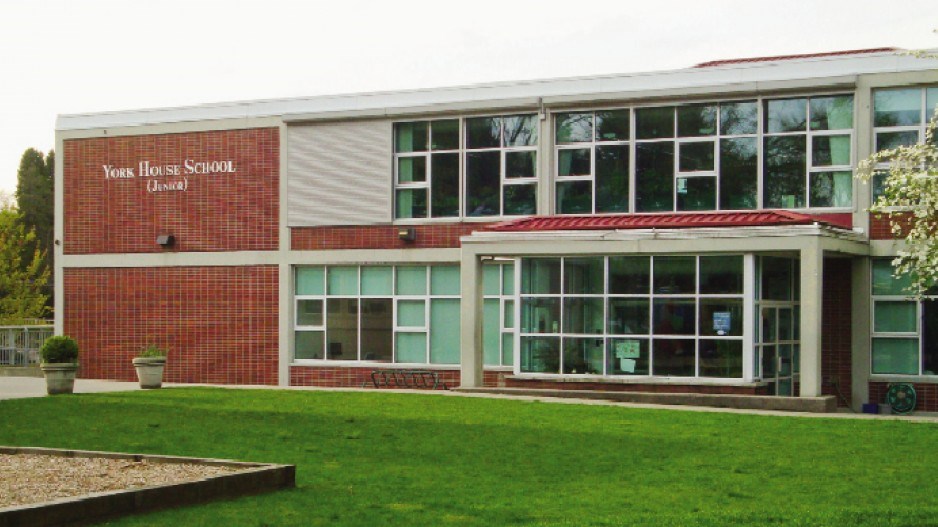BC public school trustees are hoping the NDP will take a hard look at the way the province funds private and public education, should it form the next government.
Since 2010, the BC School Trustees Association has had a policy on the books that calls on the provincial government to redirect the $250 million that independent schools receive annually back into the public school system.
While public school advocates argue that independent schools should not be subsidized with public dollars, independent school advocates counter that they're subsidizing the public system. By paying extra to have their children attend private schools, they say they're easing the burden on the public system.
There are 347 independent schools in B.C., according to the BC Teachers Federation (BCTF). About 11% of all K-12 students in B.C. attend independent schools. Their per-pupil funding is typically 35% or 50% of the public system's per-pupil rate receive, depending on their classification.
The per-pupil funding in the public system is about $8,500, so independent schools get between $2,975 and $4,250 per pupil.
B.C.'s public school enrolment dropped to 579,094 in 2010-11 from 630,049 in 2001-02, according to the Ministry of Education.
In the same time period, enrolment in the province's independent schools increased to 70,272 from 59,947.
According to the BCTF, public school funding increased 13% while funding for independent schools increased 34% over a five-year period.
The federation's president, Susan Lambert, believes the increased enrolment at independent schools has been at the expense of public schools and results from the Liberal government's focus on encouraging "choice" in education.
The BCTF has no policy position on the public funding of private schools. But Lambert said public dollars should not be subsidizing private education.
"In the end, you undermine the quality of public education, and that becomes a vicious cycle."
But Peter Cowley, the author of the Fraser Institute's annual school ranking report, said many parents in B.C. send their children to independent schools because those schools are not bound by union regulations that keep bad teachers on the public school payroll – the result being higher quality education.
Independent schools can hire new teachers on one-year contracts, he said, and are under no obligation to renew those contracts if a teacher doesn't perform well.
"You maybe can't do that in the public sector," Cowley said.
According to Cowley's annual report card, independent schools consistently outperform public schools in academic achievement.
But public school trustees point out that independent schools can reject ESL students or children with learning or physical disabilities, whereas public schools are obliged to accept all students, so comparing the academic performance of public and private schools is unfair.
York House, an independent girls' school, earned the top ranking in Cowley's most recent report. School head Gail Ruddy points out that the parents of children who attend York House pay the same taxes as everyone but get only part of the benefit, and they pay $16,000 a year in tuition.
Ruddy said that if the provincial government were to stop funding independent schools, and if that resulted in students returning to the public school system, it would increase the tax burden for British Columbians because it would raise public school costs.
But Paul Shaker, the former dean of the faculty of education at Simon Fraser University, said a reversal of the flow of students from the public system would not necessarily increase public school education costs because many schools are now running under capacity.
Vancouver school board chairwoman Patti Bacchus said the public funding of independent schools might be easier to accept if the public system were not underfunded. •




